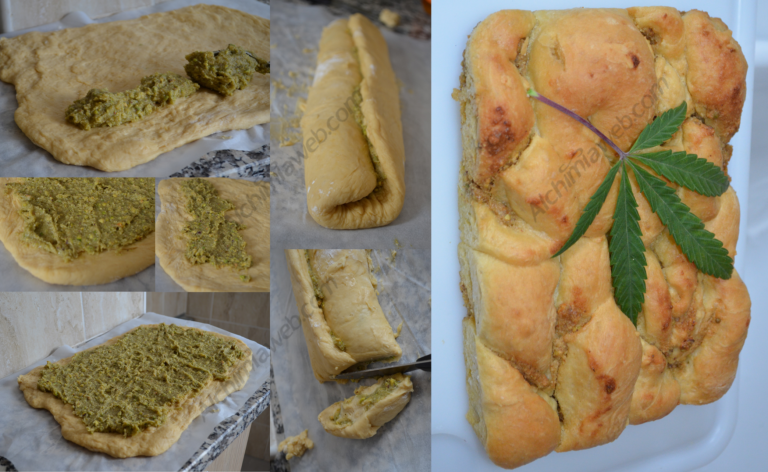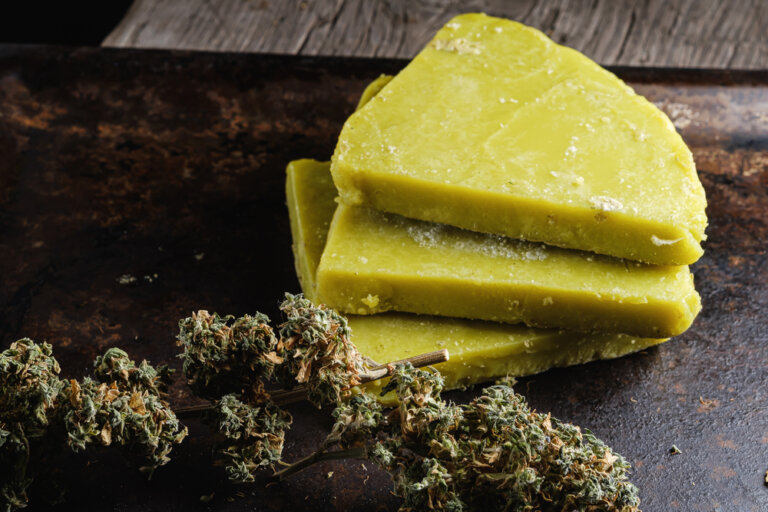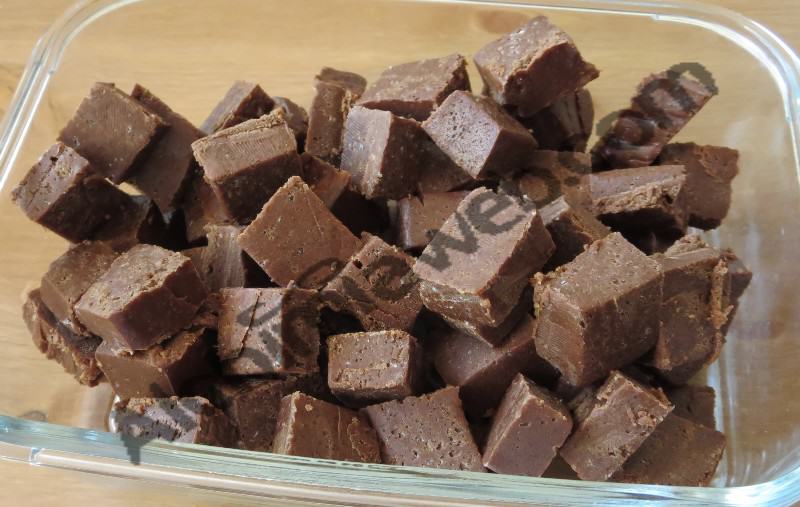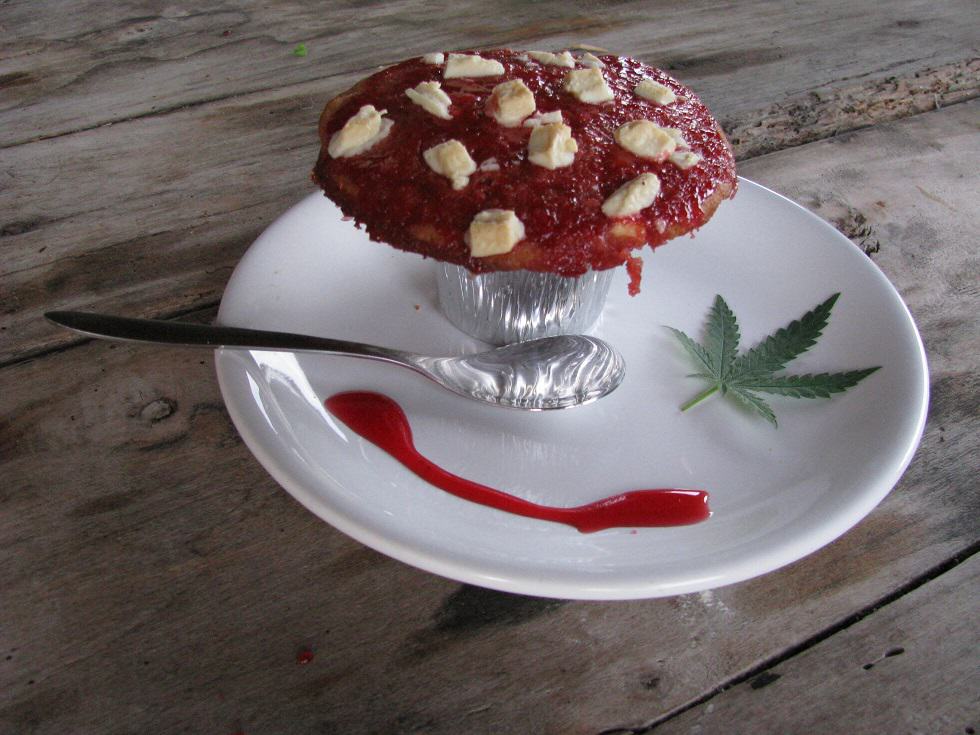Vegan marijuana butter: cooking with coconut oil
List of contents
Why use coconut oil to cook with marijuana?

The choice of coconut oil as a substitute for butter when cooking with marijuana responds primarily to the need to cook with vegetable ingredients: traditional butter, which comes from cow's milk, is excluded from vegan diets and for this reason we can not always share our canna sweets if they contain animal products. In addition to these ethical reasons, this preparation also meets the demands of those who are lactose intolerant, and can not eat space cake cooked with ordinary butter.

There are other plant materials apart from coconut oil but it is noteworthy that coconut oil contains great qualities such as; a much lower toxicity than cooked butter, and a lesser impact on nature than that of the production of palm oil and derivatives made from it. Coconut oil is actually composed of 85% saturated fat, which ensures excellent cannabinoid extractions while resisting cooking without generating dangerous free radicals like other fats do.
It is made from the albumen of the coco nuts, that is, the nutrient reserves from the seed of the coconut. Coconut oil is treated and refined by various processes according to its intended purpose: Monoi, margarine, soap and cosmetics ... For cooking, choose an oil that comes preferably from farms using organic farming methods and is untreated (some coconut oils are, for example, deodorised implying manipulations and modifications of the fat, what may limit its qualities).

Marijuana coconut oil
The effects produced by cannabis oil are difficult to predict because it depends on the quality of the marijuana used and the content of

active ingredients, as well as the effectiveness of the preparation protocol. However, this information can serve merely as a guide, according to the material used:
- For a physical effect - an oil containing more CBD than THC - use plant material with little or no resin. In this case we generally cook 1 gram of marijuana per gram of oil.
- For a more cerebral and intense effect , use 1 gram of resinous flowers or hashish per 5 grams of coconut oil.
Unless you cook with fresh material, it is advisable to properly rehydrate the dried marijuana in the pan with water to keep it from absorbing all the fat. For this example we have used buds which have been previously sieved with the Tan Tam extractor to recycle this plant material, that still contains cannabinoids.

Once the marijuana is wet, we have two options, depending on if we are using fresh plant material or not:
- If we have fresh weed, leave it a few minutes to make an infusion - heat the contents of the pan to slow boiling - drain and discard the water before filling up the pan with water again. This will whiten the grass, which will lose some of its chlorophyll, obtaining a butter with a clearer colour, a milder flavour, and easy to digest . This process can be repeated several times if necessary, as water does not dissolve trichomes.
- The second option is for those using flowers that have been previously dried, which have already lost the chlorophyll. Thus, it is not essential to whiten the weed and you can add the fatty matter directly ( which also applies to resins).
Coconut oil comes in solid form at 25ºC, so heat it in a bain marie to liquefy it. You can manipulate it with the help of a spoon. Cover it and simmer for 1.5 to 2 hours , stirring the contents regularly to make sure that the contact between the vegetal oil of the coconut and the marijuana is optimal and continuous.

Finally, filter the liquid from the pan before it gets cold; although the plant material has been rehydrated, it will generally contain lots of oil: do not hesitate to squeeze it through an Ice O Lator bag to recover as much fatty matter as possible. Once the oil has cooled, it will rise to the surface and solidify. We only have to carefully remove the block of fat and store it - preferably in the refrigerator - since coconut has excellent resistance to oxidation and does not turn rancid like butter.


Cooking cannabis with coconut oil: Vegan Space Cookies
Just like Marrakech butter, this fat can be used in the vast majority of classic recipes, but you can use it as a base or supplement for other recipes such as smoothies, when butter would be unsuitable.
Here we propose you a very simple vegan space cookies recipe, which is a good solution and the perfect alternative for greedy omnivores whose refrigerator is often empty, as it allows you to make cookies without eggs.
Ingredients for 6-10 space cookies:
1/2 cup of marijuana coconut oil
1 cup flour
1/3 cup sugar
1/2 teaspoon baking powder
1 cup oats
1/4 cup of almond milk
1/2 teaspoon of potato starch
1/2 teaspoon vanilla extract
1/2 cup of shredded coconut
1/2 cup of black chocolate chips
1/2 cup of chopped hazelnuts
1 pinch of salt
Preheat oven to 160 ° C

Mix the flour, oats, baking powder and salt in a bowl. Separately, mix the sugar, oil, almond milk, potato starch and vanilla, and pour half of the liquid mixture into the first bowl. Once the paste is completely homogeneous, add the remaining liquid, hazelnuts, coconut and chocolate chips.

Make balls of the desired size and wrap them in greased baking paper before pressing them. Bake for about 15 minutes.


(Free adaptation of a recipe taken from an article in veggiebulle)




















































